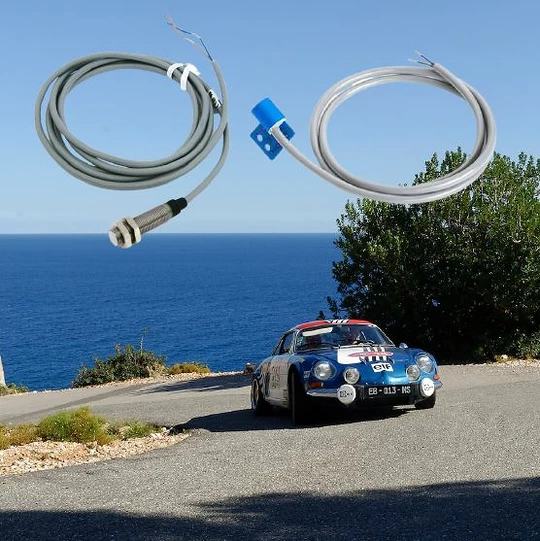In speed rallies it is possible to do the race and also to self-time the times with a precision stopwatch. If there is a relevant disparity of your times with the times of the timekeeper, claims can be filed.
The reality is that this rarely happens.
In regularity rallies, on the other hand, the self-timing is very different. If we wanted to do it, it would be a matter of measuring the route well and taking your passing time at each timing point, or rather taking all the passing times throughout the route. It is the same thing you do to win the rally.
Self-timing in regularity rallies is the daily bread, it is the challenge of making regularity, so, in fact you cannot do your selt-timming, you cannot contribute neither videos nor recordings nor anything to refute the timekeeper.
So what? Can the timekeeper sheet us?
Even though as an individual participant you have no way of comparing your measurements with those of the timekeeper, if you look at the results of all the participants, you may be able to analyze how the timing has been carried out and draw your own conclusions.
Analyzing the score data globally is not an easy task, but it is suitable for the "crazy" of regularity.
Blunik timekeepers have some ability to see the data globally as as a precision regularity timekeeper we have the data of the participants but also the data of the organization (often measured 2 or 3 times to verify each other).
The information that the timekeeper does not have, but you do have, is how you did the section. Use it. Use your information, and that of your colleagues only if it is reliable.
Here are some recommendations:
-
Take the data from the top 10-15 ranked and discard the other data.
-
Analyze section by section, or control by control. Do not analyze the cumulative ranking that may have accumulated errors.
-
Increasing scores from the majority? This looks like there is a disparity in the calibration.
-
See if all participants penalize for advances or delays globally.
-
Observing the position of each control point, knowing exactly where the control was (before paella, after, instead of average, etc.) clarifies many things.
-
You can also see if the precision is sufficient. In other words, observe the difference in points or tenths of each secret control (or each section) among the top 5 or 10 ranked.
But attention, to take into account:
You are analyzing the data that you want to refute / confirm with the data itself. If these data were random with the previous observations, you would not draw any conclusions. Mathematics, statistics and data analysis is like this.
Until here today's post.
You have more information related to timing and scores at:




